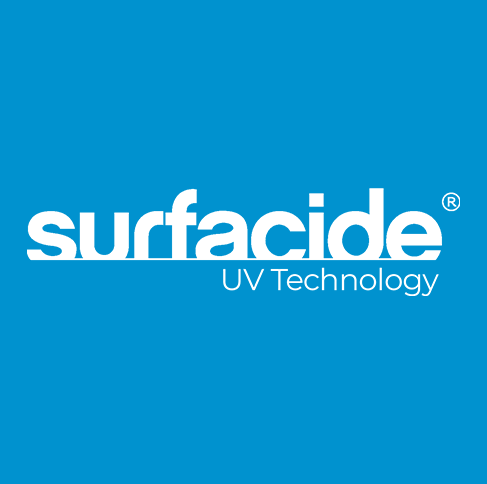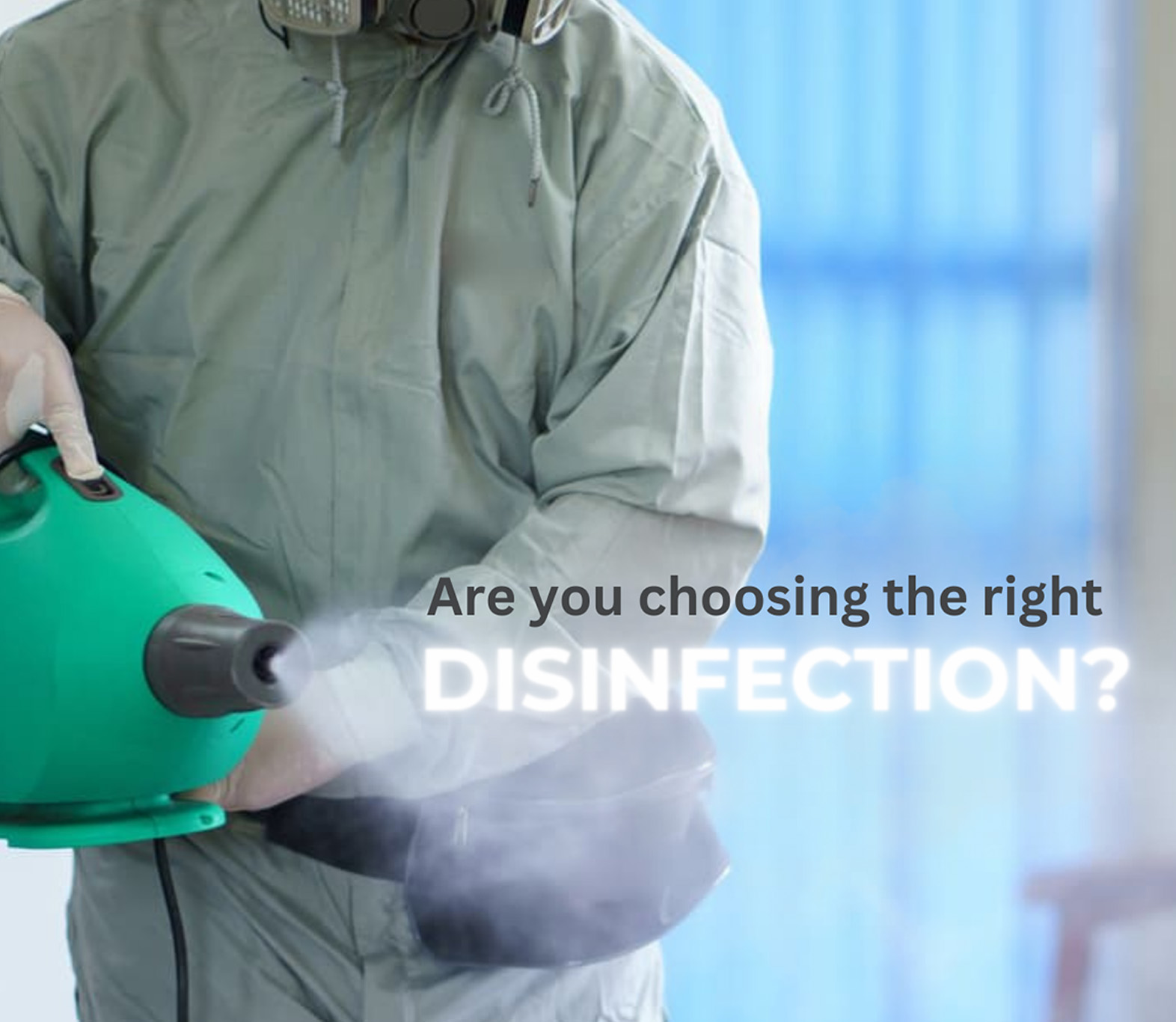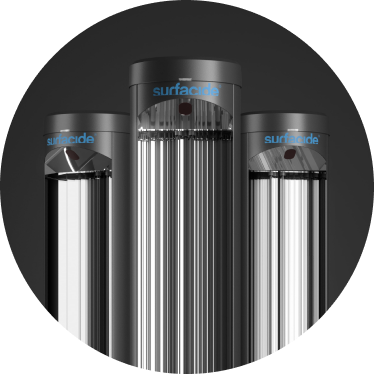Using Electrostatic Sprayers to disinfect is like still listening to music on an 8-track, we’ll show you why UV-C is akin to present-day streaming music services for your disinfection needs. Now is not the time for nostalgia, but for modern solutions for current medical environments.
Key Take-Aways Of The Benefits of UV-C vs. Electrostatic Sprayers
- Sprayers are controlled by humans and needs exact measurement for effectiveness, this opens up the opportunity for human error
- Required dry time – Slows down the turnover time for rooms and EVS are forced to wait, not allowing them to turn their attention elsewhere
- Limited shelf life – Once chemicals are diluted with water they need to be used quickly
- Use of chemicals – There is no toxicity related to UV-C. This makes UV-C rooms safe to use for operators and patients alike
- Germs can replicate: Disinfection sprayers kill the pathogen, while UV-C breaks it down so it cannot replicate. Big difference overall.
In the wake of the COVID-19 pandemic, the importance of effective disinfection methods has become paramount. Two widely discussed methods are UV-C light and disinfectant sprayers. While both approaches aim to eliminate germs and pathogens, there are significant differences in their mechanisms, application, and outcomes. Let’s take a closer look!
UVC Light: Breaking Down vs Killing Pathogens
Germs can replicate, disinfection sprayers kill the pathogen, while UV-C breaks it down so it cannot replicate, which results in a big difference overall. UV-C light harnesses the power of ultraviolet radiation to eliminate germs by breaking down their DNA. This physical process renders pathogens unable to replicate, thereby neutralizing their threat. Furthermore, UVC light does not leave any residue on objects, eliminating the need for additional cleaning steps or possible stains on fabrics.
UV-Green: Eco-Friendly Solution Vs. Chemical-Based Pathogen Elimination
Unlike sprayers, UV-C light does not require the use of chemical solutions, making it a chemical-free alternative for disinfection purposes. As more and more facilities look to make environmentally conscious choices, there are many benefits of choosing UV-C as an eco-friendly option, including being chemical free, reducing water consumption, minimal waste generation, energy efficiency, and longevity and durability.
On the flipside, electrostatic disinfectant sprayers use a chemical process to kill germs and pathogens. These sprayers use a water-soluble cleaning solution that is sprayed onto surfaces, and the chemicals in the solution work to destroy the microorganisms.
Additional Drawbacks of Electrostatic Sprays
Dry Time
Electrostatic sprays require dry time, this slows down the EVS worker’s day and delays the admission of the next patient, whereas with Surfacide’s UV-C system, you can use the room immediately after a Surfacide UV-C disinfection cycle has concluded.
Human Error
The effectiveness of electrostatic sprayers relies on proper technique and training. Operators need to be trained in the correct distance, angle, and speed of application to achieve optimal coverage. Inconsistent or incorrect spraying technique can lead to uneven disinfection or missed areas. With UV-C the chances of human error are reduced. For instance, the Surfacide system utilizes three towers in a single cycle to account for line of sight, and also helps to limit the distance to objects in a room and with its set-it-and-go function, the EVS worker isn’t required to do all the calculations, the system does it for them.
Lack of Peer-Review Research
While electrostatic sprayers have gained popularity, there is a relatively limited amount of peer-reviewed research on their effectiveness against specific pathogens. Unlike UV-C, which has substantial data evaluating its effectiveness, further studies are needed to evaluate sprayers efficacy thoroughly, especially in various real-world scenarios.
In conclusion
In the battle against germs and pathogens, choosing the right disinfection method is essential. UV-C light and disinfectant sprayers offer different approaches to achieve the desired outcome. UV-C light’s ability to break down the DNA of pathogens without leaving residue makes it a promising chemical-free option. On the other hand, sprayers can effectively cover surfaces and reach hidden areas, but they rely on chemical solutions that may require additional steps.






